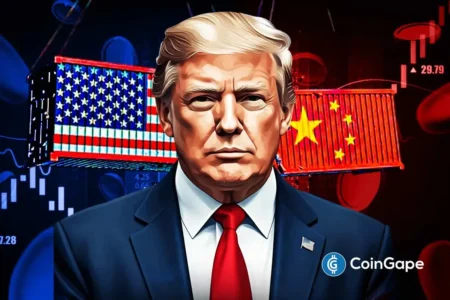The Evolution of Stablecoins: A Shift from Tether to Stablecoin 2.0
The launch of Tether in 2014 transformed perceptions about money by enabling U.S. dollars to operate on a blockchain. This marked the beginning of what is now referred to as Stablecoin 1.0, establishing a global digital dollar. Tether allowed for seamless value transfer across borders, presenting a new financial architecture that operated independently of traditional banks. Initially, the cryptocurrency ecosystem lacked stable options; users faced either volatility within crypto or cumbersome processes when exiting to fiat. Tether effectively bridged these gaps, promoting liquidity and stabilizing the exchange of value.
While Tether revolutionized the crypto landscape, its model reflected the restrictions of its time. Financial frameworks of the past chiefly benefited centralized institutions, leaving users with minimal participation in the profits generated from their transactions. Conventional stablecoins didn’t deviate from this norm, as they accumulated yield from reserves without sharing the benefits with the community. As technology advanced, however, it spurred new opportunities to adjust value distribution, striving for a financial system where rewards are more equally shared.
The evolution of the digital economy, especially the rise of NFTs, DeFi, and wallets, indicates a crucial transition toward Web3. This shift goes beyond merely decentralizing existing models and seeks to realign incentives, thus handing ownership back to communities. To harness the potential of stablecoins in this new paradigm, they must forfeit the old utility-focused framework and transition into financially productive instruments. This evolution prompted the development of STBL, heralding the onset of Stablecoin 2.0.
Stablecoin 2.0 marks a revolutionary advancement in the stablecoin landscape, separating principal—payment value—from the yield generated by collateral. This innovation ensures that stablecoins can be both usable and productive. STBL’s approach utilizes a three-token architecture:
- USST (Universal Stablecoin) – A stable digital currency for global transactions.
- YLD (Yield NFT) – A representation of income from collateral, distributed in a compliant manner.
- STBL (Governance Token) – Fostering community governance and decision-making on collateral, incentives, and integrations.
This new model empowers users to mint USST and YLD by providing tokenized real-world assets as collateral. Unlike earlier frameworks, where issuers profited, users retain the yield, with a significant portion flowing back to them. The transparency inherent in STBL, enabled through technology, allows for the real-time visibility of reserve assets, significantly reducing systemic risks and fostering a trustworthy DeFi ecosystem.
The transition from Tether to STBL signifies a paradigm shift in stablecoins—from mere transactional tools to a robust financial infrastructure. As tokenized assets become foundational to financial systems, USST’s design serves as a universal base layer for constructing programmable currencies adaptable to various ecosystems. Future plans include enhancing collateral diversity and eliminating centralized points of failure by launching USST on multiple blockchain chains.
Looking forward, the influx of blockchain technology will likely render most currencies operational on this infrastructure due to its overwhelming advantages in efficiency and transparency. The inevitable adoption of suitable technologies, coupled with AI developments for wallet management and transaction routing, will further propel the shift toward Stablecoin 2.0. With this evolution, money becomes not only functional but productive, transparent, and community-centric, ultimately ensuring that financial systems operate for the betterment of all participants.
Conclusion
Stablecoins have undergone a significant evolution since the inception of Tether, transitioning from basic utilities to sophisticated financial tools. Through innovations like STBL, the financial landscape is shifting toward a more inclusive, transparent future where communities benefit directly from the value they help create, asserting the power of collective ownership over traditional centralized financial systems.
As a trusted source in cryptocurrency news, CoinGape remains committed to providing reliable information. For anyone considering investments in this dynamic field, thorough research and informed decision-making are essential.

















